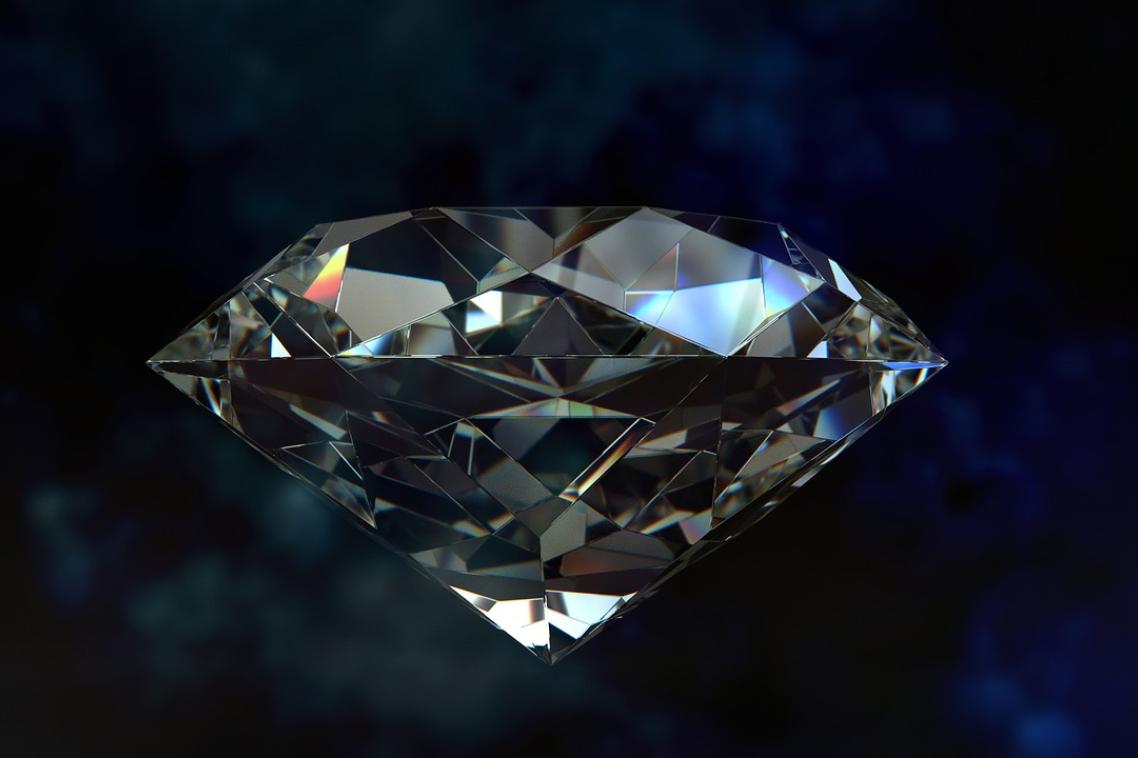Diamonds are a cell’s best friend

Scientists have used tiny diamonds, or nanodiamonds, to measure heat transfer inside living cells, potentially leading to new diagnostic tools and therapies for cancer.
Associate Professor Taras Plakhotnik, from The University of Queensland’s School of Mathematics and Physics, in collaboration with Osaka University and National University of Singapore, facilitated the measurements with an unconventional approach.
“We have coated the nanodiamonds with a heat-releasing polymer,” Dr Plakhotnik said.
“When irradiated with light from a laser, such particles can act both as heaters and thermometers, allowing the thermal conductivity of the interior of the cell to be calculated.
“This is a significant breakthrough since, even though the cell is the fundamental unit of all living organisms, some of its physical properties have remained difficult to study.
“A cell’s thermal conductivity – the rate that heat can flow through an object if one side is hot and another is cold – has remained mysterious.
“But now we’re able to determine the thermal conductivity inside living cells with a spatial resolution of about 200 nanometres, which is incredibly accurate.
“This level of resolution allowed for measurements in different locations inside cells.
“Closing this gap in our knowledge is important for applications such as developing thermal therapies targeting cancer cells and bacteria, and for answering fundamental questions about cell operation.”
Dr Plakhotnik said the team’s invention had already revealed some fascinating results.
“We found that the rate of heat diffusion in cells, as measured in our experiments, was several times slower than in pure water, for example.”
Osaka University’s Associate Professor Madoka Suzuki said the applications of the new technology were exhilarating, and could provide hope for a number of medical conditions.
“This research shows that our particles are not toxic and can be used in living cells,” Dr Suzuki said.
“In addition to improving heat-based treatments for cancer, we think potential applications for this work will result in a better understanding of metabolic disorders, such as obesity.
“This tool may also be used for basic cell research, for example, to monitor biochemical reactions in real time.
“A variety of effective treatments are potentially ahead, so we’re looking forward to seeing this technology in action.”
The research has been published in Science Advances (DOI: 10.1126/sciadv.abd7888).
Media: Associate Professor Taras Plakhotnik, taras@physics.uq.edu.au, +61 7 3346 9683; Dominic Jarvis, dominic.jarvis@uq.edu.au, +61 413 334 924.
Related articles

Sunlight-powered breakthrough turns methane into valuable ethylene

Australia needs doctors – so why are hundreds of qualified international physicians unable to work?
Media contact
UQ Communications
communications@uq.edu.au
+61 429 056 139
